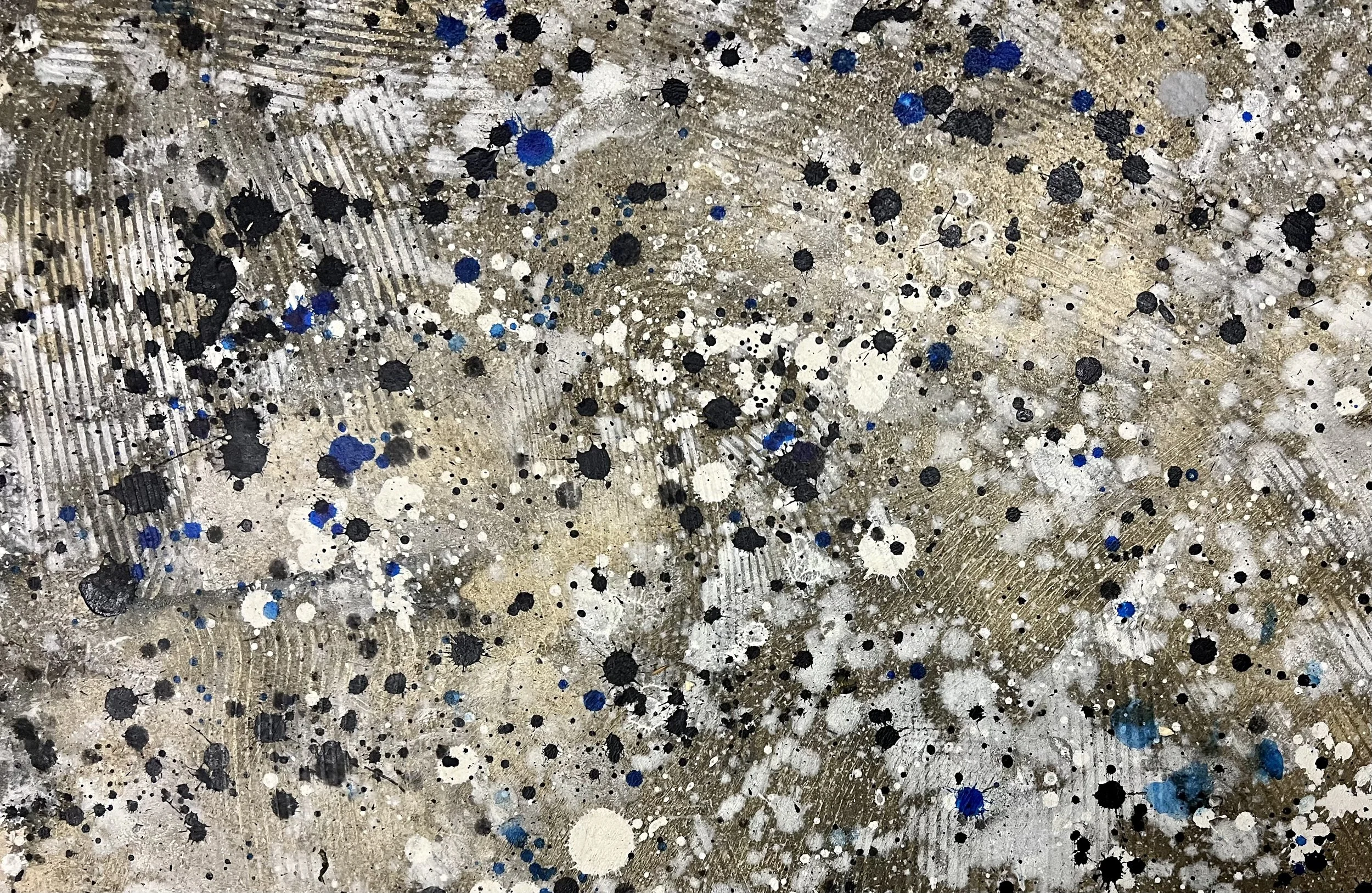Loving Vincent
A film came out in 2017 that pushed the boundaries of both the art world and film industry. It combined the two communities like no one had ever done before and turned out to be one of the most visually stunning pieces of the year. The name is Loving Vincent, an experimental animated biographical drama film about the life of painter Vincent van Gogh, and, more specifically, about the circumstances of his death.
“In the summer of 1891 in France, nearly a year after the master painter Vincent van Gogh’s mysterious death, Armand Roulin—the local postman’s young son—is tasked with delivering on of the artist’s final letters to his brother, Theo, in Paris. However, when Armand discovers that Theo, too, met his own demise, he embarks on a mission to investigate Vincent’s untimely death. Has Van Gogh committed suicide or was he murdered? As Armand’s search for evidence continues, there’s more to this enigma than meets the eye.” —Nick Riganas
While this movie could be seen as compelling and unique based on the plot alone, the real stunner is how the film was made and viewed. Loving Vincent is the world’s first fully painted animated feature film. The film, written and directed by Dorota Kobiela and Hugh Welchman, is a Polish-UK co-production, funded by the Polis Film Institute and partially through a Kickstarted campaign.
Although first conceived as a seven-minute short movie in 2008, Loving Vincent was realized by Kobiela—a painter herself—after studying the techniques and the artist’s story through his letters. Each of the film’s 65,000 frames is an oil painting on canvas, using the same techniques as Van Gogh, created by a team of over 100 painters.
The most notable difference for this film compared to other animated works was the choice to use classically trained painters instead of traditional animators. Welchman said he wanted to avoid animators with “personalized styles” and opted for people “who were very pure oil painters.” In total, there were 125 painters from over 20 countries. There were a total of 5,000 applicants, many of whom became interested after watching an online recruitment teaser for the project.
Van Gogh pantings informed the storyboard for the project, which were modified for the screen. The modifications ranged from simple alterations to re-imaginings incorporating different weather effects or time of day. Although a total of 65,000 frames were painted, because artists painted multiple frames from the same shot on a single surface, only 1,000 paintings survived.
The film used a form of rotoscoping. Production for the film began with a live-action cast filming against a green screen. After filming, editors composited Van Gogh paintings into scene backgrounds, and finally cut the movie together as usual. However, once the actual film was complete, they shot each individual frame onto a blank canvas, and artists painted over each image. The entire process, from the actual filming to completion of the paintings, took four years to finish.
Loving Vincent Artists on Set
The film was received extremely well, winning the “Most Popular International Feature” award at the 2017 Vancouver International Film Festival. It also went on to win five more awards from all over the world, giving well-deserved recognition for the painstaking process and commitment to true oil paintings that Loving Vincent reflected.


